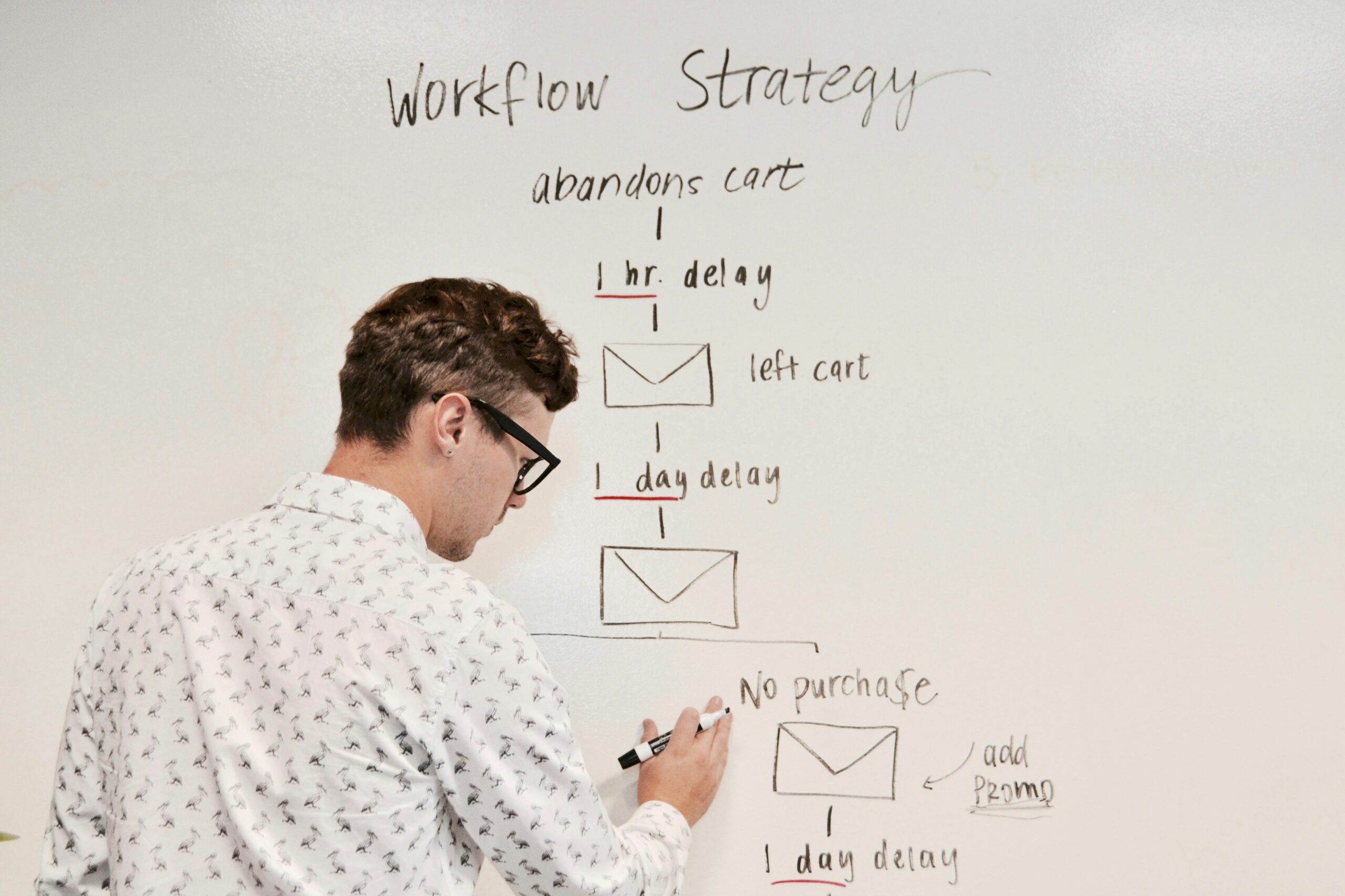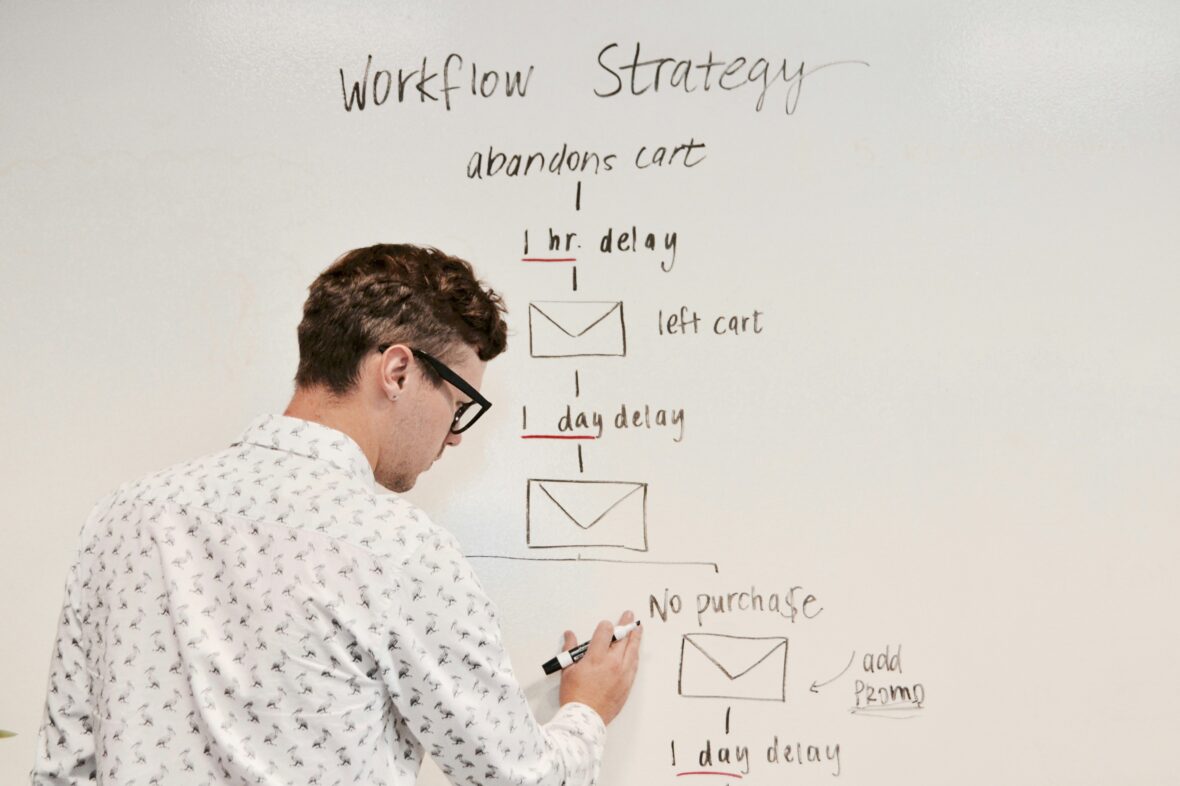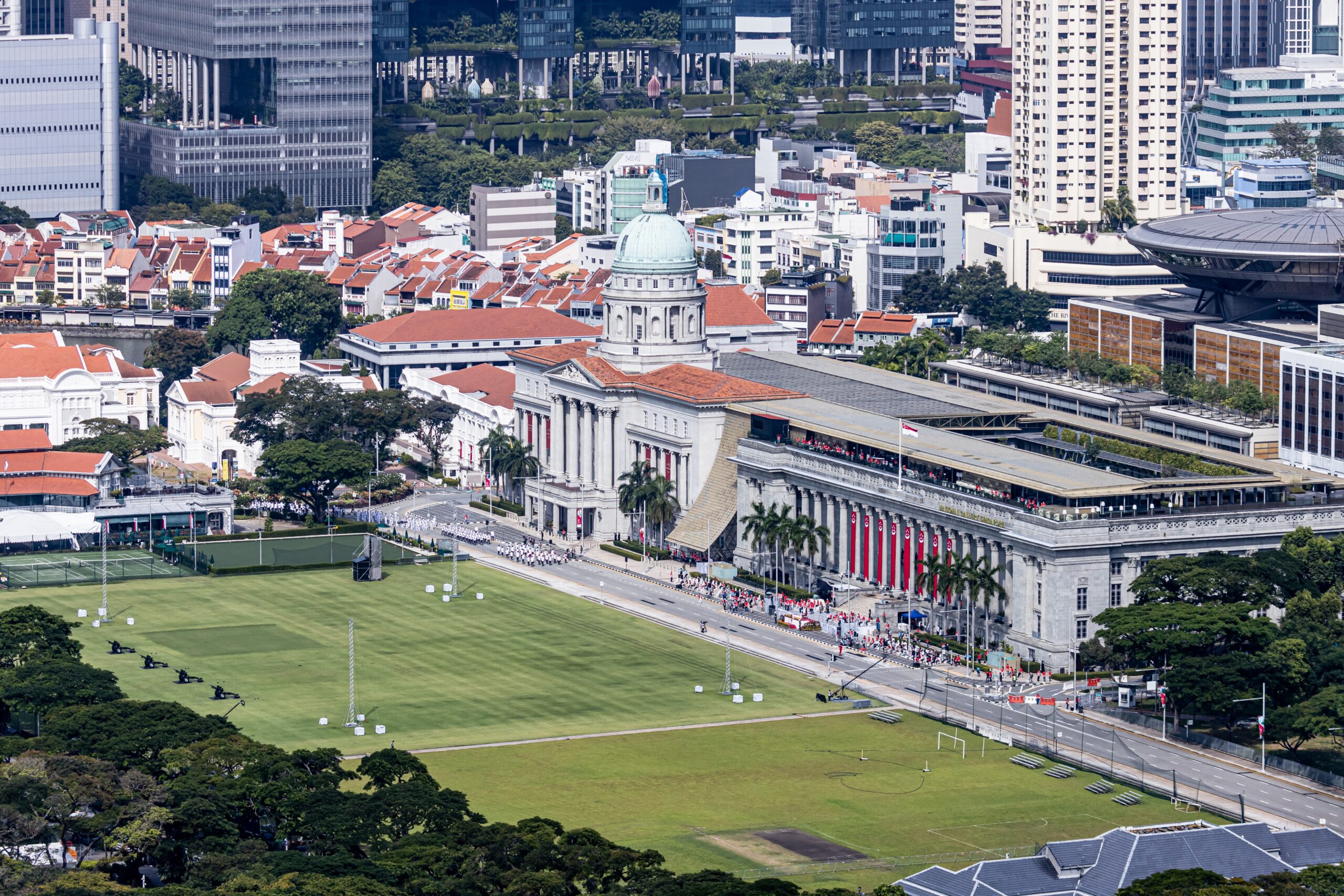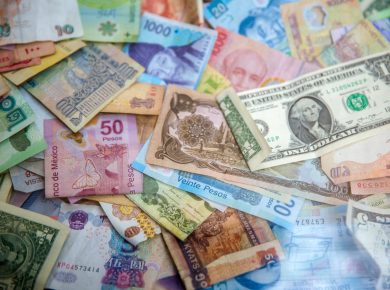The mathematics curriculum development/course is the basis of this article. The article specifies mathematics and its curriculum/course development in Mathematics. It will help the users to work easily.
of MAT 111 Algebra and Trigonometry 3C
Sets, subsets, union, intersection, null and universal sets, complements, Venn diagrams. Real numbers, integers, rational and irrational numbers. Mathematical induction. Sequences and series.
Theorem, complex numbers – algebra of complex numbers, the Argand diagram, De Moivre’s theorem, nth root of unity, Circular measure, Trigonometric identities, General solution of the trigonometric equation. Graphs of trigonometric functions.
MAT 112 Vectors: Geometry and Dynamics 3C
Geometric representation of vectors in I to 3 dimensions, Components of a vector. Triangle. Parallelogram and Polygon laws of vector addition. Resultant of vectors, scalar multiplier of vectors, and linear independence. Scalar and vector products.
Direction cosines. Application to geometry. Differentiation and integration of vectors concerning a scalar variable. Two-dimensional coordinate geometry, straight lines, circles, parabolas, ellipses, hyperbolas, tangents, normals. Kinematics of a particle.
Components of velocity and acceleration of a particle moving in a plane. Force, momentum, laws of motion under gravity, projectiles, resisted vertical motion, clastic string, simple pendulum, impulse—the impact of two smooth spheres and a sphere on a soft surface.
MAT 121 Introductory Statistics 3C
Frequency distributions: Class intervals, class limits, class boundaries, etc. Pictorial representation of data (Bar charts, pie charts, Histograms, etc.)Cumulative frequency, ogives. Measures of central tendency (mean, median, mode): quartile, percentile. Measures of dispersion. Moments, skewness and Kurtosis.
MAT 122 Calculus 3C
Function of a real variable, graphs, limits and the idea of continuity. The slope of a curve. The derivative of a continuous function. Differentiation from first principles (algebraic and trigonometric functions).
Derivatives of algebraic, trigonometric, logarithmic, exponential and hyperbolic functions. The sum, product and quotient rules. The chain rule consists of the derivatives of an implicit function and a function of a function.
Applications of differentiation, local and absolute maximum and minimum values of a function. Small changes and calculation of approximate values. The differentiation of functions represented parametrically, Rates of change and linear Kinematics. Integration inverse of differentiation.
Indefinite integral. Definite integral and its representation as an area. Integration of simple algebraic and trigonometric functions. Applications to geometry and mechanics. Approximate integration using trapezoidal and Simpson’s rules. Applications of integration.
MAT 211 Mathematical Methods 1 3C
Real-valued functions of a real variable. Review of differentiation and integration and their applications, the mean value theorem.
Taylor’s series. Real value functions of two or three variables, partial derivatives, chain rule, extreme Lagrange’s multipliers, increments, differentials and linear approximations, evaluation of line integral. Multiple integrals.
MAT 212 Real Analysis I 3C
Basic properties of the Real number system, including boundedness and completeness. Open and closed sets, Neighbourhood Theorems on open and closed sets. Functions of Real Analysis Variables.
MAT 214 Statistics 1 3E
Simple spaces: Definition of probability of a finite sample space with examples. Probability as proportion of areas. Conditional probability of events, independence, tree diagrams, variables, cumulative frequency distributions, means, and variance. Conditional expectation and linear correlation using a scatter diagram.
MAT 221 Elements of Computer Science 3C
Historical development of the computer, Essential components of the computer and their functions, and number presentation in a computer. Data structures and their uses in a computer, computer software and types of software, flowcharts, flowcharting and symbols.
Algorithms, Pseudocodes, programs, programming Languages, Programming Techniques. An overview of the world of computers. Computer revolutions from the abacus to the modern computer. Types (micro, mini, mainframe and superclasses,(analogue, digital and hybrid).
MAT 222 Real Analysis 11 3R
Functions of Real Variables: Differentiation and Taylor’s theorem, partial derivatives and higher order derivatives, and language multipliers. Riemann-integral. Riemann-Stieltjes Functions of Bounded Variation. Partial integration formula. This means the value theorem of Integration.
MAT 223 Linear Algebra I 3R
Matrices: Definition and types of Matrices. Addition and subtraction of Matrices. Scalar multiplication. Properties of matrix addition. Multiplication of matrices. Properties of matrix multiplication, matrices and Elementary Row operations. Determinations:
Definition and properties of determinants. Adjoint and inverse of a matrix: Cramer’s rule. Systems of Linear Equations. Linear equations. Systems of Lines are questions. Solution of systems of linear equations. Cramer’s rule.
MAT 224 Differential Equations I 3R
First-order ordinary differential equations. Existence and uniqueness. Second-order ordinary differential equations with constant coefficients. General theory of nth-order linear equations.
MAT 225 (Methodology 1) 3C
The nature of mathematics, its objectives and content at the junior and senior secondary schools. Methods of teaching mathematics in Junior and Senior Secondary Schools. Teaching and learning materials in junior and senior secondary schools. Planning and teaching of mathematics lessons.
Micro-teaching Evaluation techniques in mathematics teaching. Contributions of Piaget, Bruner, Gagne, Dienes, etc. to mathematics learning. Brief history of Mathematics: Development of mathematics in ancient times, the Middle Ages and the Renaissance period. Some prominent mathematicians and their contributions.
MAT 311 (Mathematical Methods II) 3R
Revision of Differential Equations 1: Dengendre’s Equations, Polynomials, Generating functions, Bessel’s Equation. Boundary value problems and initial value problems: Buler’s Equation, Laplace’s equation. Wave Equation, Diffusion Equation.
MAT 321(Complex Analysis I) 3C
Functions of Complex Variables: Limits and Continuity. Review of topological concepts: Analytic functions, power series. Radical function. Exponential, trigonometric and logarithmic functions, general power, elementary conformal representation,n, bilinear transformation.
Complex integration: Line integral, Cauchy’s theorem with proof for a tangle. Caicjy’s integral; formula. The derivatives of analytic functions. Taylor and Laurent series. Zeros and singularities of an analytic function. The maximum modulus principle. Calculus of Residues: Cauchy’s residue theorem, the argument principle.
Fundamental theorem of algebra. Evaluation of definite integrals. Expansion of functions as a series of partial fractions. Uniform Convergence: Uniformly convergent sequences and series of Analytical functions and their properties. Infinite Products. Absolute and uniform convergence of infinite products. Caucy’s form for products as a series.
MAT 313 (Abstract Algebra 11) 3R
Kings: Definition and elementary properties of kings. Subrings, ideals. Quotient rings. Hoinonorphism. Monomorphism, Epimorphism and Isomorphism of rings, Isomorphism theorems. Prime and maximal ideals. Euclidean Rings. Unique factorisation Domains. Primary ideal Domains, Boolean Ring. Integral Domains. Division Rings.
Fields: Definitions and elementary properties of Fields, only subfields. Homomor-reducible and irreducible polynomials. The GCD and D.C.M. of polynomials. Euclidean Division Algorithm for Polynomials. Unique Factorisation Theorem. Eisenstein Irreducibility criterion.
MAT 314 (Methodology 11) 3C
Problems of Mathematics Teaching in the Junior and Senior Schools. Common Errors in Mathematics. Diagnosis and Remediation of Difficulty in Mathematics. Diagnosis and Remediation of difficulty in Mathematics learning. Questioning techniques (including types and functions of questions).
Discovery approaches problem-solving in mathematics, Polya’s principles of teaching mathematics. Application of problem-solving approaches to problems from J.S.S., S.S.S. and further mathematics curricula. An appraisal of the further mathematics curricula (in terms of objectives, content
and implementation). Mathematics laboratory and library. Laboratory/practical approach to selected concepts. Teaching of special (selected) topics.
MAT 315(Statistics 11) 3R
Nature and scope of statistics.Population samples and inductive premises. Tabular and diagrammatic representation of data. Combinatorial analysis. Discrete and continuous distribution, poison. Normal, t, F, and X2 distributions. Measure of location and dispersion. Inference about population means, proportions and variances. Estimation. Test of significance. Correlation and regression, Elementary Treatment of Time Series.
MAT 316(Elementary Number Theory) 3E
Properties of Integers: Addition, Multiplication and the law of trichotomy. Ordered domains, well-ordering principle. Mathematical induction. Divisibility. Integral divisor. Proper divisor. Primes. Composites. Euclid’s division algorithm is the greatest common divisor. Relatively prime Integers.
Least common multiple. Fundamental theorem of arithmetic. Congruences: Congruences modulo n. Residues and class of residue. Complete resi-Fermat’s theorem and applications. Linear Congruences and Applications. Reciprocal. Wilson’s theorem.
MAT 317(Mechanics 1) 3C
Displacement, speed, velocity and acceleration of a particle. Newton’s laws of Motion and applications to simple problems. Work, power, and energy. Application of the principle of conservation of energy to the motion of particles and those involving elastic strings and springs. Collision of smooth spheres.
Simple problems of projectiles conical pendulum. Simple Harmonic Motion.The resultant of any number of forces acting on a particle, the reduction of coplanar forces acting on a rigid body to a single force.
Equilibrium of coplanar forces, parallel forces, and couples. Laws of friction. Applications of the principle of moments. Motions of inertial simple bodies.
MAT 321(Mechanics II) 3E
Vectors in Euclidean spaces; Vector products; Calculus. General Kinematics: Momentum, Angular momentum, Energy and conservation law.Dynamics of a particle and a rigid body.
MAT 322 (Numerical Methods) 3E
Approximations; significant figures, Errors; Truncation. Round-off, Global; Recursive computation;(e.g. Homer’s method, and Synthetic division for polynomials. Polynomials and their zeros (mainly for degree 4 or less), Bisection Rule; Newton-population Integration; Trapezium and Simpson’s Rules. Systems of Linear equations, Gauss elimination, Gauss-Seidel method, Jacob iterative method, Gauss-Seidel iterative method.
MAT 323(Linear Algebra 11)3C
Vector spaces: Definition and examples of vector spaces. Subspaces. Bases and Dimension. The rank of a matrix. Linear transformation: Definition and examples of linear transformation
MAT 324 Differential Equations II 3R
Treatment of first-order Differential Equations. Series solution of a simultaneous Differential Equation. Linear Partial Differential Equations of 1st order and 2nd order. Application of differential equations to physical and social sciences.
MAT 325 Statistics 3E
Discrete and continuous probability distributions, mathematical expectations and moments of random variables. Moment generating functions. The binomial, Poisson, geometric, and hypergeometric distributions. The normal, uniform, gamma and beta distributions. Functions of a univariate random variable. Bivariate distributions.
MAT 411 (General Topology) 3E
Topological spaces, neighbourhoods and neighbourhood systems, subspaces, induced topology. Bases, sub-bases, continuity. Matric and normed spaces. First countable, separable spaces. Hausdorff, regular, normal spaces.T1, T2, T3, T4 spaces. Compactness. Product spaces. Connectedness.
MAT 412 Statistics III (3R)
(Functional Analysis I)
Metric spaces: Open and closed sets, compact sets, connected sets, limits, sequences, and complete metric spaces. Functions, on Metric spaces; Continuity, homeomorphism, isometry. Normal linear spaces: Definition and examples, convex sets. Norms, Holder-Minkowski inequalities. Riesz-Risher’s theorem, functional, linear operator.
MAT 413(Advanced Algebra) 3E
Sylow theorems: P-Groups. Direct products and groups of low order. Solvable groups, composition series. Jordan-Holder theorem: Finitely generated Abelian groups. Extension fields. Transcendence of e. Roots of Polynomials. Galois Theory.
MAT 414(Complex Analysis 11) 3E
Mermorphic functions. Zeros and poles. Argument principle. Rouche’s. Summation of the series. Mittag-Leffler’s theorem. Maximum principle Principle of analytic continuation. Schwaftx-Christoffel transformation.Boundary value problems.
MAT 415 (Quantum Mechanics) 3E
Classical Dynamics in Hamiltonian form and its application to atomic problems. The Bohr theory. The idea of Heisenberg and Schrodinger. Dynamics variables as operators and the state of a system. Examples of energy sign functions are the representation of states in function space.
MAT 416 (Fluid Dynamics) 3E
Development and scope of fluid mechanics. Viscosity, stress, surface tension, fluid statics, material derivative, two-dimensional flow, circulation, Euler’s equation, Bernoulli equation, Navier-Stokes equation, viscous flow, Blasius theorem. Milne-Ahompson circle theorem doublet.
MAT 417(Numerical Analysis) 3E
Numerical solution of ordinary differential equations. Direct and iterative methods for the solution of linear systems. Numerical solution of partial differential equations-Parabolic, elliptic hyperbolic systems. Solution of algebraic eigenvalue problems.
MAT 418 (Theory of Games) 3E
Two-person zero-sum games and their geometric interpretations. Linear programming methods. The minima and maximum theories of n-person games and their applications.
MAT 419 (Stochastic Processes) 3E
Introduction to stochastic processes. Random walk. Markov chains. Markov processes. The birth, death,h, and immigration processes are Queues. Walking time and servicing problems. Ronogoro equations. Purely discontinuous. The Wiener process.
MAT 421 (Algebraic Topology) 3E
Paths, path connectedness, and Homotopy theory. Fundamental group. Covering spaces. Homology theory of spaces.
MAT 422 (Functional Analysis II) 3E
Banach spaces and Hilbert spaces. Boundeg lir functions and operators on Banach spaces. Introduction to topological vector spaces. Introduction to Banach algebras and the Gelfand theory.
MAT 423 (Lebesgue Measure and Integration) 3R
Measurable and non-measurable sets. Measurable functions. Lebesgue integral. Integration of a non-negative function. Lebesgue monotonic convergence theorem. Fatou’s Lamna. Dominated convergence. Bepo’s Lemma. Bounded convergence.
MAT 424 Commutative Algebra 3E
Rings and ring homomorphisms. Ideals Quotient rings. Zero divisors. Nilpotent elements. Units. Prime ideals and maximal ideals, Nilradical and Jacobson radical. Operations on Ideals. Extension and contraction.
Modules and module homomorphisms, sub-modules and quotient modules. Operations on sub-modules. Direct sum and product. Finitely generated modules. Exact sequences. Tensor product of molecules.

Restriction and extension of scalars. Exactness properties of the tensor product Algebras. Tensor product of algebras. Rings of fractions, primary Decomposition. Integral Dependence. Noetherian and Artinian rings.
MAT 425 (Partial Differential Equations) 3R
Theory and solution of first-order Equations; second-order Linear Equations; classifications; characteristics, canonical forms, Cauchy problem. Elliptic equation; Laplace’s and Poisson’s equations.
The fundamental solution, Green’s function, and Poisson’s formula. Properties of harmonic functions. Hyperbolic equations; the wave equations. Retarded potential; Transmission line Equations. Riemann method, parabolic equations; diffusion equation; singularity function, Boundary and initial value problems.
MAT 426 (Elasticity) 3R
Particle gravitational field C,urvilinear coordinates, intervals. Covenant differentiation. Christoffel symbol and metric tensor. The constant gravitational field. Rotation.
MAT 427 (Design of Experiment) 3E
Basic principles of experimentation. Randomisation, Replication and Control. Uniform trials are completely randomised block and Latin square designs. Missing plot techniques. Factorial designs.
MAT 428 (Operations Research) 3R
Nature of Business Modelling. Techniques and Models; Decision and Models; Forecasting; Investment appraisals; Inventory control: Linear Programming; Network Analysis.
Quesinu thoroy; Replacement Analysis; Simulation; Phases of operation Research Study. Classification Operations Research Mixed Integer, Dynamic and Linear Programming. Decision theory, Inventory models, critical path. Analysis and project controls.
MAT 429 (Time Series Analysis) 3E
Elementary Treatment of Time Series. Stationary process, Ergodicity, Autocorrelation function. Spectral density function and its representation. Linear filters. Elements of prediction theory, estimation of correlation function and spectral density. Applications.
Master’s Degree (MEd) in Mathematics
The master’s degree programme is designed to carry out further research on the knowledge and training the students have received in their first degree. The department of the university will prescribe the courses you will offer throughout your time of study.
The courses will be selected from the courses in the first degree for further studies before the Master’s dissertation (Project). The topic of the project will be discussed with your assigned supervisor (s).
Minimum Tenure of the Programme: The tenure for the Master’s degree programme for Mathematics is a minimum of four (3) Semesters full-time and 4 semesters for a part-time programme.
Doctor of Philosophy (PhD) in Mathematics
The PhD programme shall normally not be llonger than4an4 semesters (2 years) from the first date of registration.
Also, for this programme, a period of study originally approved for the 3-semester master programme may be accepted as satisfying a specific part of the period of study for the PhD.
In no circumstances, however, may a period exceeding 12 calendar months be waived for candidates. A programme is a combination of coursework work research.
Requirements for PhD: Candidates for admission to the programme shall possess the following:
- Those initially registered for the MSc or MPhil/PhD conversion programme of the department and who have obtained a total weighted average mark of at least 60% in the course examinations and projects at our university or any recognised university.
- Candidates admitted to the programme will be required to take certain courses at the 700/800 levels, as the case maybee in their areas of interest.
- Students are required to refer their research proposal to an examination panel as recommended by the department and give department seminars on their PhD research work.
Each PhD student shall present at least two seminars during his/her programme of study. The first seminar shall be presented at the research proposal stage, and the second shortly before the registration of the title of the thesis. Learn more about the curriculum/course of other fields.










